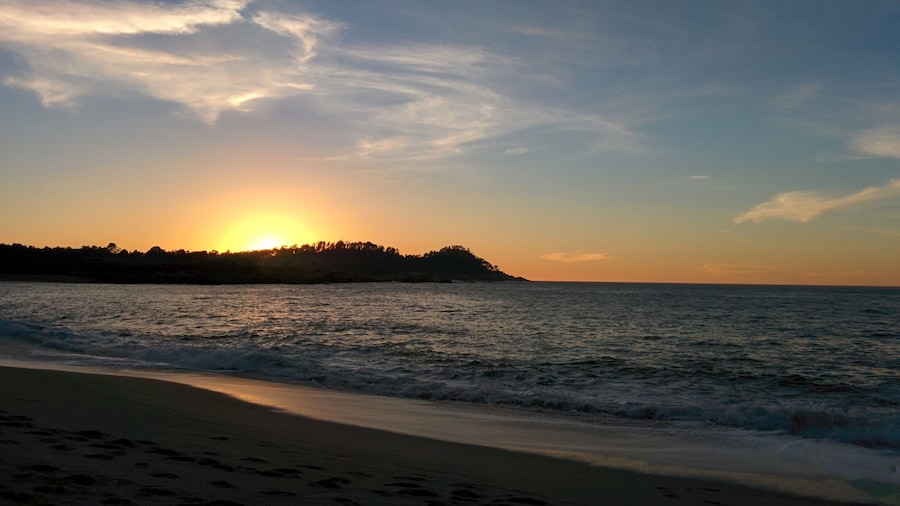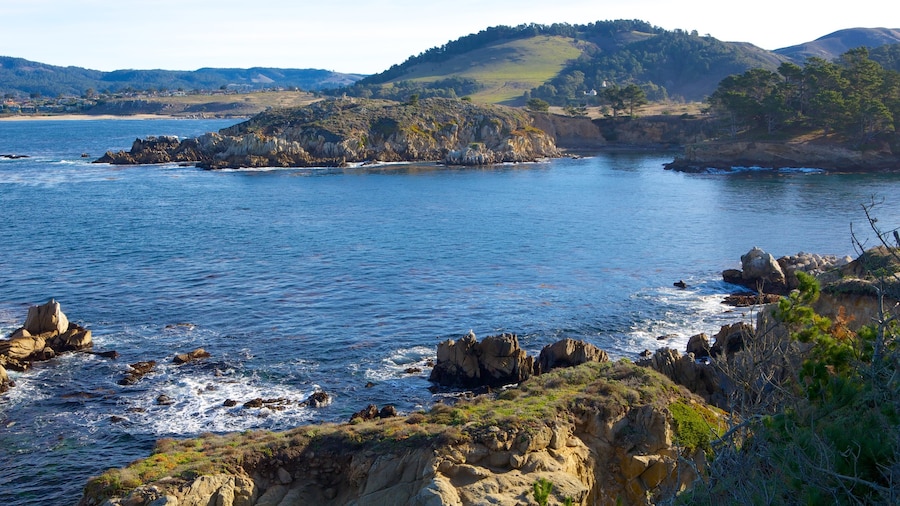Search for wildlife in the abundant rock pools and be at one with nature at this wild and untamed stretch of perfect white sand.
Garrapata Beach is the only sandy stretch along the rugged coastline of the Garrapata State Park. Relax for a day here poking around rock pools, spotting wildlife and picnicking on the sand.
Located at the southern end of the spectacular Garrapata State Park in California’s Big Sur, Garrapata Beach is the jewel in the park’s crown. While the surf here is considered highly dangerous, and even wading is hazardous due to the cold water and strong rip tides, there are plenty of ways to enjoy the beach outside of the water. When the tide is right, stroll along the sand and discover little caves, coves and nooks in the rocks.
Doud Creek tumbles over the bluff and winds through the middle of the beach to the ocean, while Garrapata Creek weaves through the southern end of the 0.5-mile-long (1-kilometer) beach. Paddle in the creek and enjoy the blossoming of the spring and summer wildflowers. The white calla lilies lining the fertile edges of the streams are particularly pretty.
The state park is home to an abundance of wildlife, which you might spot from the beach. Whales pass during the winter months along their migration routes. Otters are regular residents look for them in the kelp beds. Sea lions also gather here in big noisy colonies and may pass by on their way to the offshore Lobos Rocks. Turn to the skies to see over 100 species of coastal birds, including brown pelicans.
Garrapata Beach is 10 miles (16 kilometers) south of Carmel-by-the-Sea and 2 miles (3 kilometers) south of Soberanes Point, a popular lookout from where you might spy whales. Find free parking lots off Highway 1, each with a trail leading down to the beach. From the central parking lot, several trails lead along Doud Creek, down steps to the beach or along the top of the bluff. Some parts of the beach are popular with nudists though it is not considered an official nudist beach.



















